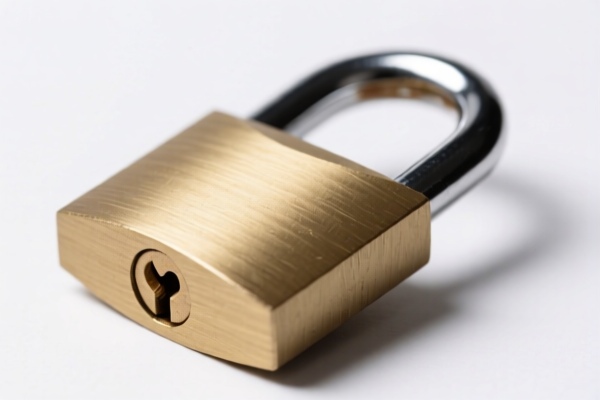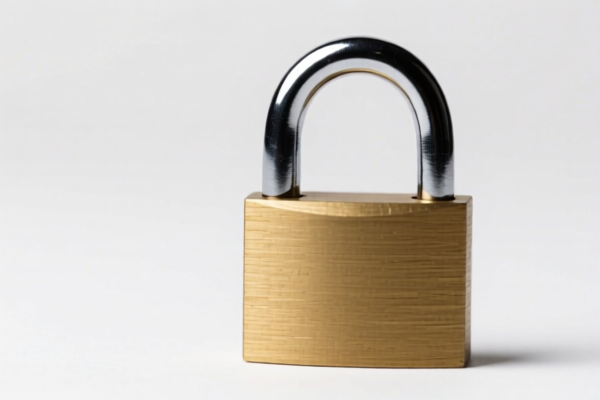| HS Code | Official Doc | Tariff Rate | Origin | Destination | Effective Date |
|---|---|---|---|---|---|
| 8304000000 | Doc | 33.9% | CN | US | 2025-05-12 |
| 9403200078 | Doc | 80.0% | CN | US | 2025-05-12 |
| 9403200082 | Doc | 80.0% | CN | US | 2025-05-12 |
| 7308907000 | Doc | 80.0% | CN | US | 2025-05-12 |
| 7308909560 | Doc | 80.0% | CN | US | 2025-05-12 |
| 9406900190 | Doc | 82.9% | CN | US | 2025-05-12 |
| 9406900130 | Doc | 82.9% | CN | US | 2025-05-12 |
| 7610900080 | Doc | 85.7% | CN | US | 2025-05-12 |
| 7610900060 | Doc | 85.7% | CN | US | 2025-05-12 |
| 8303000000 | Doc | 58.8% | CN | US | 2025-05-12 |
| 7326908688 | Doc | 82.9% | CN | US | 2025-05-12 |




Lockers
Lockers are secure storage compartments, typically constructed from metal, used for temporarily storing personal belongings. They are commonly found in public spaces and workplaces.
Material
- Steel: The most common material due to its durability, resistance to forced entry, and cost-effectiveness. Different gauges of steel affect robustness.
- Wood: Less common now, but historically used, particularly in schools. Offers a more aesthetic appearance but is less secure.
- Plastic: Lightweight and corrosion-resistant, suitable for environments where moisture is a concern. Typically used for smaller, less valuable item storage.
- Composite Materials: Increasingly used, offering a balance of strength, lightweight construction, and resistance to corrosion.
Purpose
The primary purpose of lockers is to provide a safe place for individuals to store items while engaged in other activities. This includes:
- Personal Belongings: Clothing, bags, wallets, keys, and other valuables.
- Work Equipment: Tools, uniforms, and personal protective equipment (PPE) in workplaces.
- Sports Equipment: Gym clothes, shoes, and athletic gear in gyms and sports facilities.
- School Supplies: Books, backpacks, and personal items in educational institutions.
Function
Lockers function through a locking mechanism that restricts access to authorized individuals. Common locking types include:
- Key Locks: Traditional and reliable, requiring a physical key for access.
- Combination Locks: Utilize a numerical or alphabetical code for access. Can be mechanical or digital.
- Digital Locks: Employ electronic keypads or RFID/NFC technology for access. Offer increased security and audit trails.
- Coin Locks: Require insertion of a coin to lock and unlock, common in public facilities.
Usage Scenarios
- Schools & Universities: For students to store books, coats, and personal items.
- Gyms & Sports Facilities: For athletes and members to secure belongings during workouts.
- Workplaces: For employees to store personal items, uniforms, and work equipment.
- Public Transportation Hubs: Train stations, airports, and bus terminals often provide lockers for travelers.
- Retail Stores: Some stores offer lockers for customers to store purchases or personal belongings while shopping.
- Swimming Pools & Recreation Centers: For patrons to secure valuables while using facilities.
Common Types
- Single Tier Lockers: Contain a single compartment.
- Multi-Tier Lockers: Stack multiple compartments vertically to maximize space.
- Wide Lockers: Designed for larger items such as sports equipment or bulky clothing.
- Ventilated Lockers: Feature vents to promote airflow and reduce moisture buildup, suitable for wet clothing or sports gear.
- Sloping Top Lockers: Designed to prevent items from being left on top of the locker.
- Mobile Lockers: Lockers mounted on wheels for easy relocation.
- Smart Lockers: Digital lockers with advanced features like remote access, inventory management, and security monitoring.
Lockers can be categorized based on material and application. The following HS codes are relevant based on the provided information:
- 9403200078: This HS code falls under Chapter 94: Furniture and parts thereof. Specifically, it covers Heading 9403: Other furniture and parts thereof, and further specifies Subheading 9403.20: Other metal furniture, then 9403.20.0078: Counters, lockers, racks, display cases, shelves, partitions and similar fixtures; Storage lockers, other than exchange lockers as described in statistical note 4 to this chapter. This category includes metal storage lockers. The total tax rate is 80.0%, comprised of a 0.0% base tariff and a 25.0% additional tariff, increasing to 30.0% after April 2, 2025. A 25% additional tariff applies to steel and aluminum products.
- 9403200082: This HS code also falls under Chapter 94: Furniture and parts thereof, Heading 9403: Other furniture and parts thereof. It is categorized as Subheading 9403.20: Other wood furniture, specifically 9403.20.0082: Lockers. This category includes wood storage lockers. The total tax rate is 80.0%, comprised of a 0.0% base tariff and a 25.0% additional tariff, increasing to 30.0% after April 2, 2025. A 25% additional tariff applies to steel and aluminum products.
- 7308907000: This HS code falls under Chapter 73: Structures and parts of structures (e.g., bridges and bridge sections, lock gates, towers, lattice masts, roofs, roofing frameworks, doors and windows and their frames and thresholds for doors, shutters, balustrades, pillars and columns) of iron or steel; plates, rods, angles, shapes, sections, tubes and the like, prepared for use in structures, of iron or steel. Specifically, it covers Heading 7308: Structures and parts of structures of iron or steel, then Subheading 7308.90: Other, and further specifies 7308.90.7000: Steel grating. While not directly lockers, this could apply if the lockers are constructed from steel grating. The total tax rate is 80.0%, comprised of a 0.0% base tariff and a 25.0% additional tariff, increasing to 30.0% after April 2, 2025. A 25% additional tariff applies to steel and aluminum products.
Regarding HS codes 9403200078 and 9403200082, please note the 25% additional tariff applies to steel and aluminum products. If the lockers are made of either material, this tariff will be added to the base tariff.
Customer Reviews
No reviews yet.